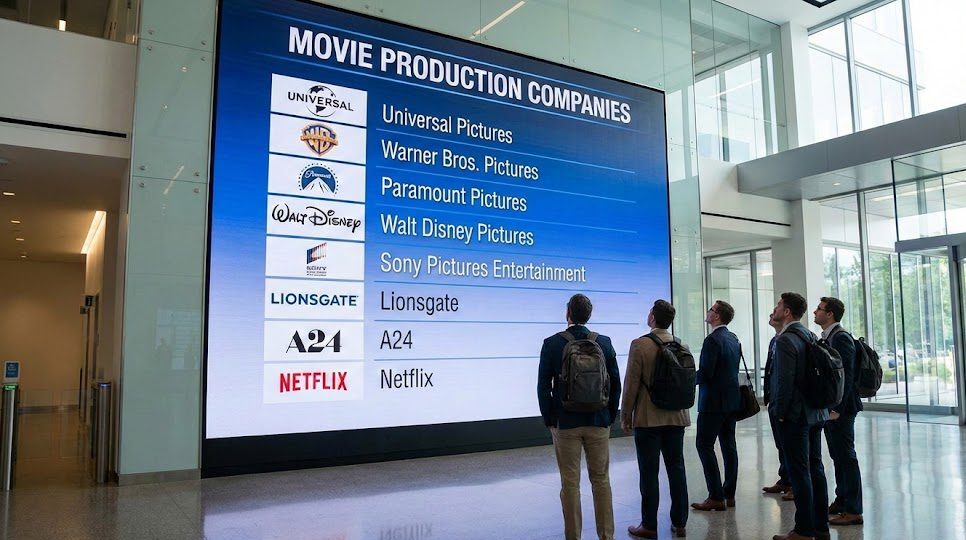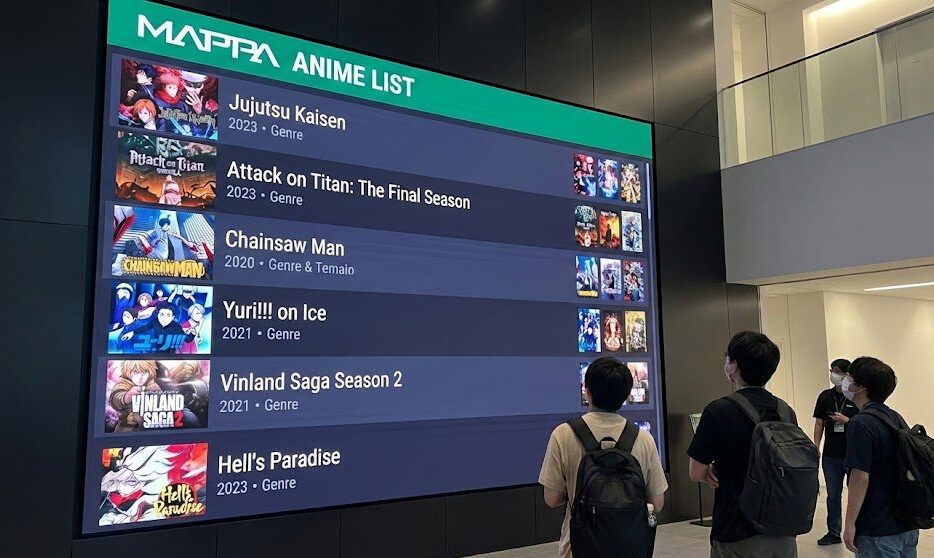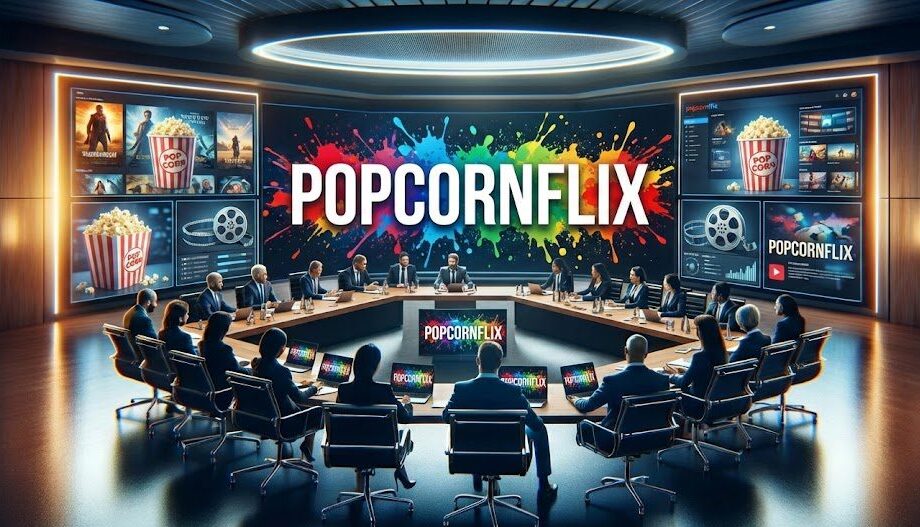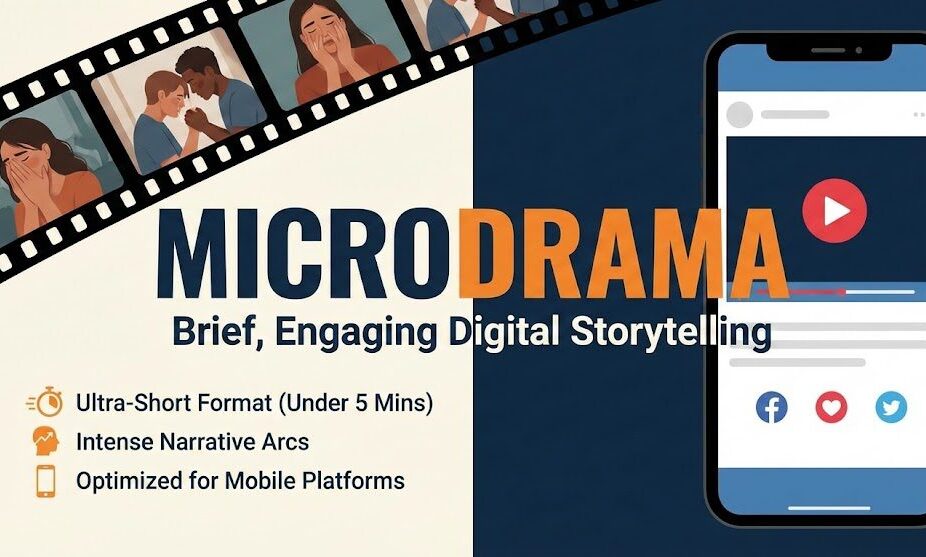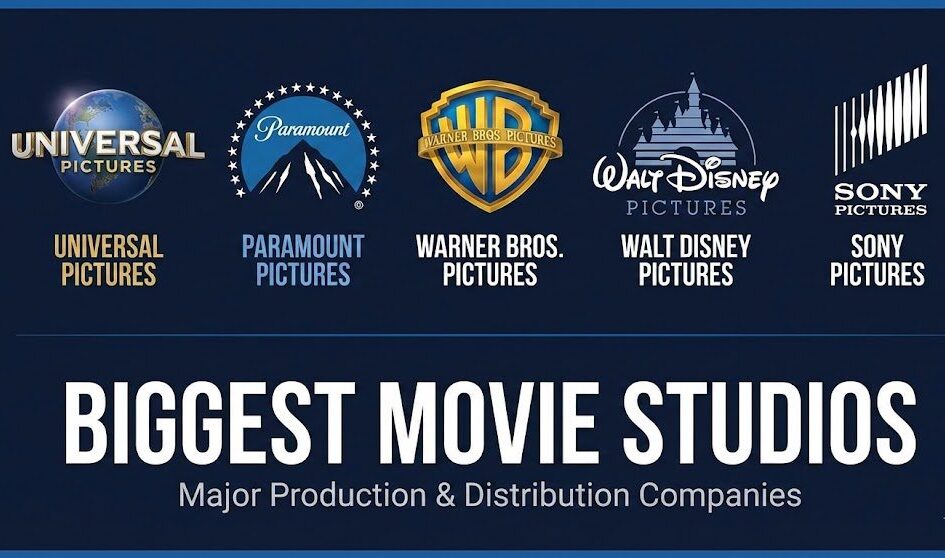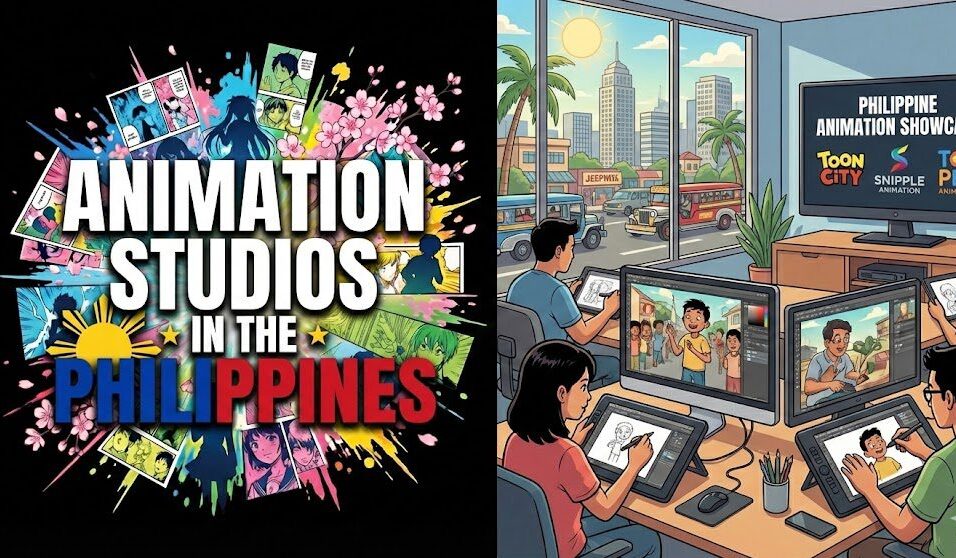AI for Dubbing
In the ever-evolving landscape of filmmaking, innovation is key to staying ahead. One of the most transformative advancements in recent years is the integration of artificial intelligence (AI) in various aspects of production. Among these, AI for dubbing stands out as a game-changer, offering filmmakers unprecedented capabilities to enhance the quality, efficiency, and accessibility of their projects. In this article, we delve into how AI is revolutionizing dubbing, the benefits it brings, and what the future holds for filmmakers.
The Rise of AI in Filmmaking
History of AI in Filmmaking
Artificial intelligence has been a subject of fascination for decades, but its practical applications in filmmaking have only recently begun to flourish. Initially, AI’s role was limited to basic tasks like video editing and simple animations. However, as technology advanced, so did the capabilities of AI, paving the way for more sophisticated uses in the film industry.
Initial Uses of AI
The early uses of AI in filmmaking involved automated editing tools and special effects enhancements. These technologies aimed to streamline the post-production process, making it faster and more efficient. While impressive, these early applications were just the tip of the iceberg.
Evolution Over Time
As AI technology evolved, its applications in filmmaking expanded significantly. Today, AI is involved in various aspects of production, from scriptwriting and storyboarding to CGI and now, dubbing. This evolution has been driven by advances in machine learning, deep learning, and natural language processing (NLP), which have collectively transformed how filmmakers approach their craft.
1. Zoo Digital
- ZOO Digital is a provider of cloud software-based subtitling, dubbing, and media localization services to the TV and movie industry. These globalization services are trusted by the biggest names in entertainment. Ready to deliver high-quality localization and media services at scale. ZOO Digital spans continents and cultures to do incredible things.
- Connect : Click here to connect with ZOO Digital.
2. Prime Focus Technologies
-
Prime Focus Technologies is based in the United States of America. PFT offers customers transformational solutions that help automate the content supply chain and digitally mediate enterprise workflows to manage the content and the business of content. It offers broadcasters, studios, brands, and service providers transformational solutions that help them lower their Total Cost of Operations (TCOP) by automating the supply chain and managing their content business better.
- Connect : Click here to connect with Prime Focus Technologies.
3. Iyuno
- Iyuno is a global entertainment technology and localization company serving the world’s leading entertainment studios in dubbing, subtitling, and media services with 67 offices across 35 countries. The company’s 75-year collective legacy is unmatched in operational expertise, scale, capacity, and breadth of services.
- Connect : Click here to connect with Iyuno.
4. Keywords Studios
- Keywords Studios is a world-leading provider of comprehensive services for the video game and entertainment industries. From expert localization and captivating audio services to rigorous testing and stunning art and animation, we enhance every aspect of gaming experiences.
- Connect : Click here to connect with Keywords Studios.
5. Hiventy
- Hiventy is a leading provider of technical audiovisual services in France and abroad. It participates in every stage in the life of audiovisual works and films, from post-production to final delivery, for all types of broadcasts. As a trusted partner, it strives to help everyone in the audiovisual and film industry expand its catalog distribution in order to maximize its income and success.
- Connect : Click here to connect with Hiventy.
Enhance Your Film’s Global Reach
Explore budget-friendly AI dubbing services tailored for filmmakers.
6. RWS Moravia
- Moravia rebranded to RWS Moravia, is an RWS company, that delivers product localization, global digital marketing, and testing services to the world’s top brands. It has 9 offices in Europe, Asia, and the Americas, their talented teams design customized solutions to help its clients succeed in going global. When you need a globalization solution provider that creates high-quality localized products and content that meet the language and functionality needs of customers in any locale you can connect them.
- Connect : Click here to connect with RWS Moravia.
7. Ai-Media
- Ai-Media was founded in 2003 on the belief that everyone deserves access to information. Providing that access remains their mission to this day, and they have also evolved their business. It is one of the biggest captioning providers for the education, corporate, broadcast, and government sectors, with a growing footprint in global markets.
- Connect : Click here to connect with Ai-Media.
8. Acolad
-
Acolad is the global leader in professional language, content, and digital services. The group has a presence in 25 countries and on 3 continents and distinguishes itself by its multi-local market approach. Acolad offers a wide range of language services, for all industries and sectors, including translation, localization, and interpretation. US$101 million to US$500 million.
- Connect : Click here to connect with Acolad.
9. CBarrandov Studio
- Barrandov Studio is one of the largest and oldest film studios in Europe. Since its foundation in 1931, the studio has hosted productions of over 5,000 Czech and international films. Film is a complex activity, requiring cooperation of numerous branches, fields, and crafts. The key advantage of Barrandov Studio is that almost all these services are offered at a single location which is the famed hill above Prague where, in the beginning of the 1930s, its founding fathers, the Havel brothers, decided to build their dream-factory.
- Connect : Click here to connect with Barrandov.
10. Ti Comnet Japan
- TI ComNet is the only independent distributor of Japanese content in Japan. They offer a wide range of services, including content sales, acquisition, translation, localization, voice-over, narration as well as international co-production coordination. Headquartered in Sapporo, Japan with branch offices in Tokyo, Singapore, and New York, TI-ComNet Japan has built strong
relationships with a wide section of professionals from the broadcast and film industries in the US, Canada, Europe, and Asia. - Connect : Click here to connect with TI ComNet.
These companies are recognized for their contributions to understanding market trends, consumer behaviors, and media consumption, offering valuable insights that help shape strategies in the entertainment industry.
What is AI Dubbing?
AI dubbing is the process of using artificial intelligence to automate and enhance the dubbing of films and television shows. Traditionally, dubbing involves translating the dialogue of a film into another language and recording new voiceovers. AI dubbing streamlines this process by using advanced algorithms to generate voiceovers that match the original performances more accurately and efficiently.
How AI Dubbing Works
AI dubbing works by combining several key technologies. Speech recognition software transcribes the original dialogue, while natural language processing algorithms translate it into the target language. Machine learning models then generate synthetic voices that can mimic the intonation and emotion of the original actors. Finally, synchronization algorithms ensure that the new dialogue matches the lip movements and timing of the original performance.
Key Technologies in AI Dubbing
The key technologies driving AI dubbing include:
- Speech Recognition: Converts spoken language into text.
- Natural Language Processing (NLP): Translates text from one language to another and understands the context and nuances of speech.
- Machine Learning Algorithms: Learn from vast datasets to improve accuracy and efficiency.
- Deep Learning: Enhances the ability to generate realistic and natural-sounding voices.
Transform Your Dubbing Process with AI
Partner with top AI dubbing providers for seamless integration.
Enhanced Efficiency
One of the primary benefits of AI dubbing is its efficiency. Traditional dubbing can be a time-consuming process, involving multiple recording sessions and extensive editing. AI can significantly reduce this time by automating many of the tasks involved, allowing filmmakers to complete projects faster.
Cost-Effectiveness
AI dubbing can also be more cost-effective than traditional methods. By reducing the need for human voice actors and extensive studio time, filmmakers can save money on production costs. This is particularly beneficial for independent filmmakers and smaller studios with limited budgets.
Improved Quality
AI dubbing offers the potential for higher quality voiceovers. Machine learning models can be trained on vast amounts of data to produce voices that are more accurate and emotionally resonant than traditional dubbing methods. This can result in a more immersive and authentic viewing experience for audiences.
Accessibility and Inclusivity
AI dubbing can make films more accessible to a global audience. By quickly and accurately translating dialogue into multiple languages, AI dubbing can help filmmakers reach new markets and ensure that their content is accessible to non-native speakers. Additionally, AI-generated subtitles and voiceovers can assist viewers with hearing impairments.
Challenges and Limitations
Technical Challenges
Despite its many advantages, AI dubbing is not without its challenges. Technical issues such as synchronization errors, voice quality inconsistencies, and difficulty in capturing subtle emotions can still arise. These challenges require ongoing research and development to overcome.
Ethical Concerns
The use of AI in dubbing also raises ethical concerns. Issues such as consent from original voice actors, cultural sensitivity in translations, and the potential for misuse of synthetic voices need to be carefully considered and addressed.
Accuracy and Authenticity
While AI dubbing has made significant strides, there are still concerns about its ability to accurately and authentically replicate human voices. Ensuring that AI-generated voices maintain the emotional depth and nuance of the original performances is an ongoing challenge.
Save Time and Money on Dubbing
Find cost-effective AI solutions to elevate your filmmaking.
Speech Recognition
Speech recognition technology is a cornerstone of AI dubbing. It involves converting spoken language into text, which is then used as the basis for translation and voice generation. Advances in speech recognition have made it possible to achieve high levels of accuracy, even in noisy or complex audio environments.
Natural Language Processing (NLP)
NLP is critical for understanding and translating dialogue. It enables AI systems to grasp the context, tone, and intent of spoken language, ensuring that translations are not only accurate but also culturally and contextually appropriate.
Machine Learning Algorithms
Machine learning algorithms are used to train AI models on large datasets of human speech. These models learn to recognize patterns and generate synthetic voices that mimic human intonation, pitch, and emotion. Continuous learning and improvement are key to enhancing the quality of AI dubbing.
Deep Learning
Deep learning techniques further enhance the capabilities of AI dubbing. By leveraging neural networks, deep learning allows for the creation of highly realistic and natural-sounding voices. This technology is essential for capturing the subtle nuances and emotional depth required for high-quality dubbing.
Time Efficiency
AI dubbing offers significant time savings compared to traditional methods. Automated processes can complete dubbing tasks in a fraction of the time it takes to record and edit human voiceovers. This allows filmmakers to meet tight deadlines and accelerate production schedules.
Cost Comparison
Cost is another area where AI dubbing has an advantage. Traditional dubbing involves hiring voice actors, renting studio space, and extensive post-production work. AI can reduce or eliminate many of these costs, making dubbing more affordable for filmmakers.
Quality Differences
While traditional dubbing relies on human actors to convey emotion and nuance, AI dubbing is rapidly closing the gap. Advanced AI models can generate voices that are increasingly indistinguishable from human voices, offering high-quality alternatives that are both efficient and cost-effective.
Flexibility
AI dubbing provides greater flexibility for filmmakers. With the ability to quickly generate voiceovers in multiple languages, filmmakers can adapt their content for different markets and audiences without the logistical challenges of traditional dubbing.
Transform Your Global Reach
Use AI to ensure your content resonates culturally and linguistically with audiences worldwide.
Choosing the Right Tools
Selecting the right AI dubbing tools is crucial for successful implementation. Filmmakers should consider factors such as accuracy, voice quality, ease of use, and compatibility with existing workflows when choosing a dubbing solution.
Integration with Existing Workflows
Integrating AI dubbing into existing workflows requires careful planning. Filmmakers should ensure that the chosen tools can seamlessly integrate with their current production processes, from pre-production to post-production.
Training and Support
Proper training and support are essential for maximizing the benefits of AI dubbing. Filmmakers should invest in training their teams to use AI tools effectively and seek support from technology providers to address any challenges that arise.
Successful Implementations
Several films and television shows have successfully implemented AI dubbing, demonstrating its potential. For example, Netflix has used AI dubbing to create multilingual versions of popular shows, enhancing their global reach and accessibility.
Lessons Learned
These case studies provide valuable lessons for filmmakers looking to adopt AI dubbing. Key takeaways include the importance of choosing the right tools, the need for ongoing quality control, and the benefits of leveraging AI to reach new audiences.
Impact on Audience Engagement
AI dubbing has had a positive impact on audience engagement. By providing high-quality voiceovers in multiple languages, filmmakers can create more inclusive and immersive experiences for viewers, leading to increased satisfaction and loyalty.
Consent and Fair Use
Consent and fair use are critical ethical considerations in AI dubbing. Filmmakers must ensure that they have the appropriate permissions to use original voice recordings and that synthetic voices are used in a manner that respects the rights of the original actors.
Cultural Sensitivity
Cultural sensitivity is also important when using AI for dubbing. Translations and voiceovers should be culturally appropriate and respectful, avoiding stereotypes and ensuring that content resonates with diverse audiences.
Voice Ownership
The issue of voice ownership is complex in the context of AI dubbing. Filmmakers must navigate the legal and ethical implications of using synthetic voices, including who owns the rights to these voices and how they can be used.
Feature Comparisons
When selecting AI dubbing tools, it is important to compare features such as accuracy, voice quality, language support, and ease of use. Some of the top tools available today include Google Cloud Text-to-Speech, Amazon Polly, and Descript.
Pricing
Pricing varies among AI dubbing tools, with options ranging from free basic services to premium solutions with advanced features. Filmmakers should evaluate their budget and needs to choose the most cost-effective solution.
User Reviews
User reviews can provide valuable insights into the effectiveness and usability of AI dubbing tools. Filmmakers should consider feedback from other users to inform their decision-making process.
Language Diversity
AI dubbing enhances global reach by supporting a wide range of languages. This allows filmmakers to create multilingual versions of their content, making it accessible to audiences around the world.
Cross-Cultural Communication
Effective cross-cultural communication is essential for global success. AI dubbing helps filmmakers convey their stories accurately and authentically across different cultures, fostering greater understanding and appreciation.
Expanding Market Opportunities
By making content more accessible to diverse audiences, AI dubbing opens up new market opportunities for filmmakers. This can lead to increased revenue, broader audience engagement, and a stronger global presence.
Finding the right AI dubbing company for your film can be a daunting task. Vitrina AI simplifies your search with its unique features:
- Pre-Vetted Network: Ditch the research rabbit hole. Vitrina AI curates a network of trusted AI dubbing companies, saving you time and ensuring quality.
- Intelligent Search Filters: Narrow down your options quickly! Filter by budget, target languages, and even film genre (animation, action, etc.) to find the perfect fit.
- Informed Decision Making: Make confident choices. Vitrina AI provides detailed company profiles and expert resources, empowering you to select the ideal AI dubbing partner.
Summary
The integration of AI for dubbing in filmmaking represents a significant leap forward for the industry. By enhancing efficiency, reducing costs, and improving the quality and accessibility of voiceovers, AI is unlocking new possibilities for filmmakers. As technology continues to evolve, the potential for AI in dubbing and other aspects of film production will only grow, paving the way for a more innovative and inclusive future. Embracing these advancements can help filmmakers stay ahead of the curve, reach wider audiences, and tell their stories in more compelling and engaging ways.
AI dubbing uses artificial intelligence to automate and enhance the dubbing process, translating and generating voiceovers for films and TV shows.
AI dubbing combines speech recognition, natural language processing, machine learning, and deep learning to create realistic voiceovers that match the original performances.
Benefits include enhanced efficiency, cost-effectiveness, improved quality, and greater accessibility for global audiences.
Challenges include technical issues, ethical concerns, and ensuring accuracy and authenticity in AI-generated voices.
Filmmakers can implement AI dubbing by choosing the right tools, integrating them into existing workflows, and providing proper training and support for their teams.

























